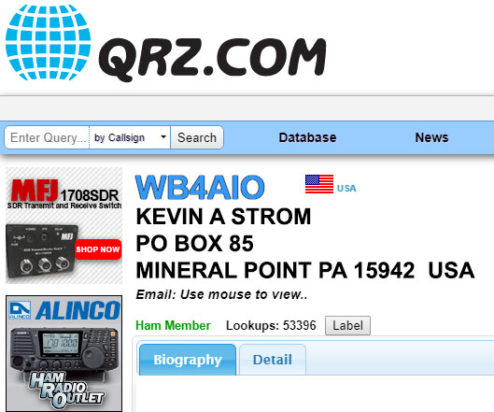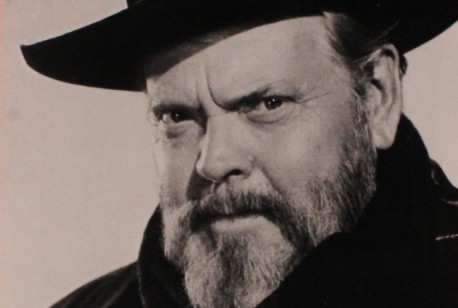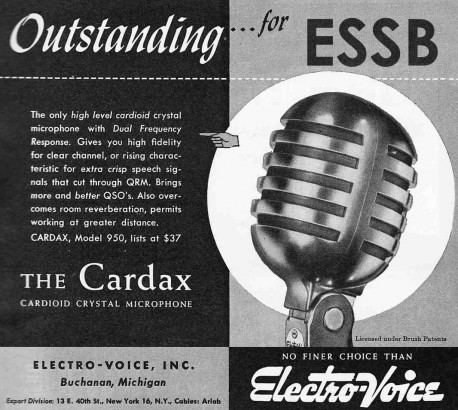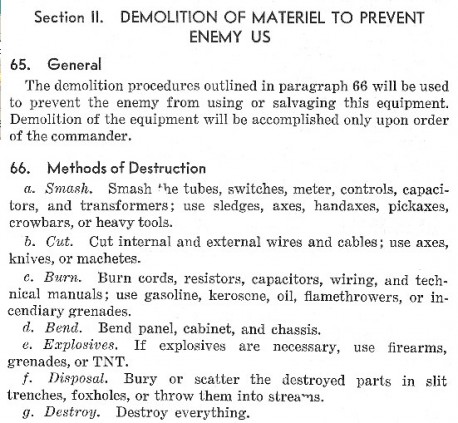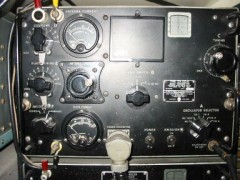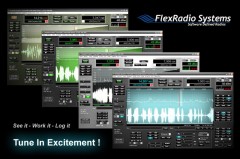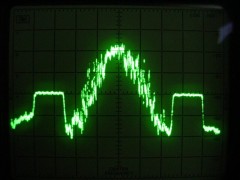QRZ.COM has banned and censored many people for their political views (for years, KV4FZ was one and there have been lots more, including me) and in my opinion for that reason shouldn’t be supported by amateur radio operators. Sometimes they even lock an operator’s page so he can’t update his information, causing readers to get outdated information. This is intentional, downright malicious — and petty.
So, if you want to look up WB4AIO on QRZ.com, instead look him up on the much better QRZCQ.com. Check it out, and while you’re there, register and make them your new replacement for QRZ.com.
They even help shortwave listeners (SWLs) interact with amateur operators, allowing SWLs to register their own custom SWL callsigns and create a page on the QRZ lookup database, so others can find out more about their listening stations.
The folks there have so many features on their site that I haven’t even explored them all yet. QRZ.com deserves to be abandoned; let’s all register and switch to QRZCQ today!
